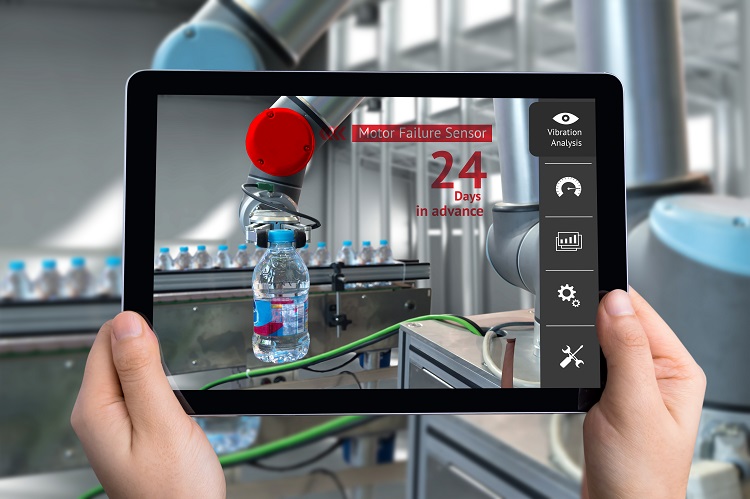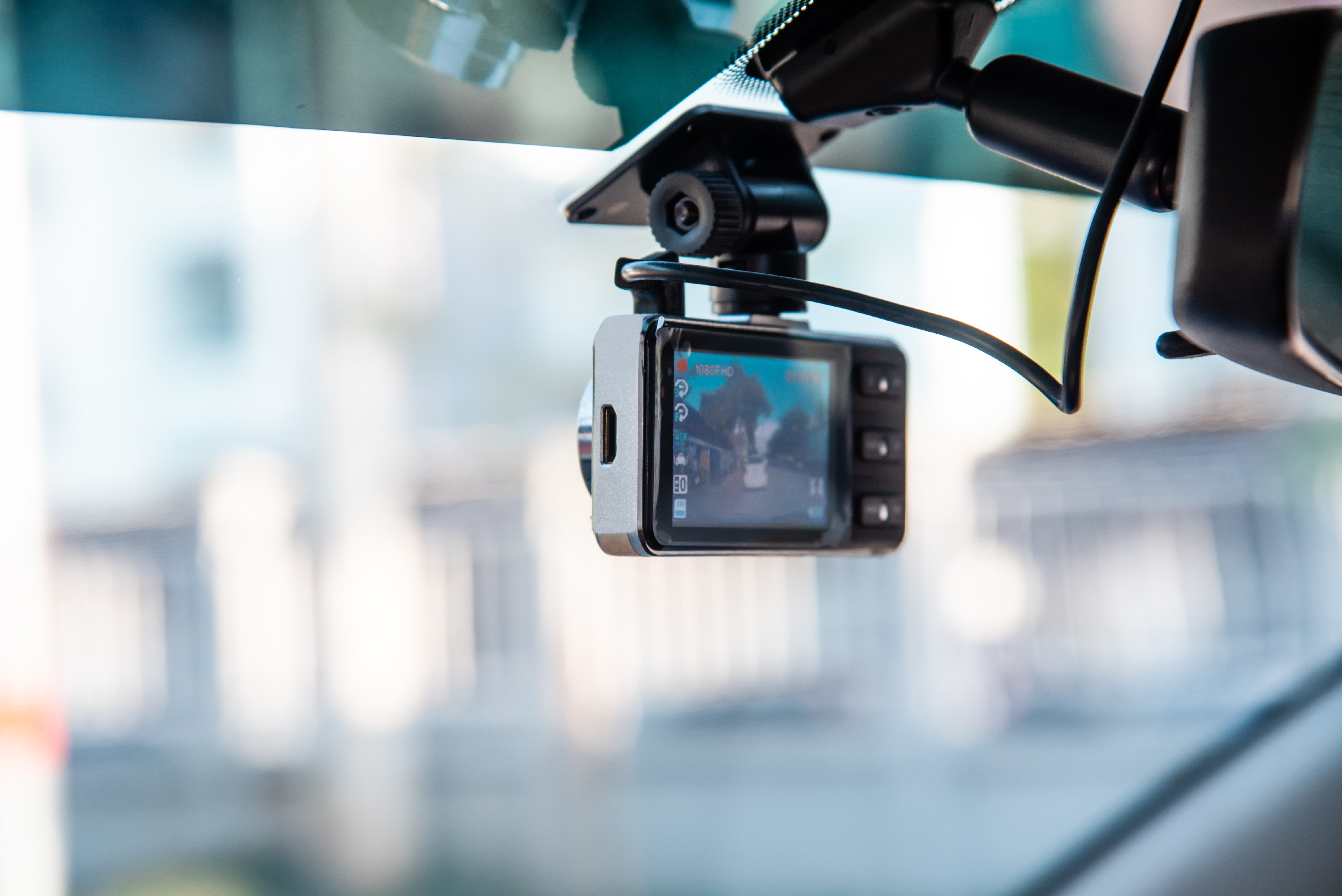How a Digital Twin Can Help Your Manufacturing Company

A digital twin is a digital replication of a living or non-living thing—a virtual double. In manufacturing, you could also define a digital twin as an ever-evolving digital image of historical and current behavior or status of a physical machine, process, or product—just like the real thing.
How does it work?
Industry 4.0 brought the sensor technology that allows us to extract information and data points from a wide range of machines and processes. These data points are transmitted to computers to allow us to see in real time what is happening within our operation. It can also create a virtual duplicate of that asset—a digital twin.
We realized early on that monitoring machines with sensors allowed us to see unexpected changes. For example, it could identify a slow or sudden increase in a bearing’s temperature. We could then have a maintenance technician go to the machine to see what might be causing the bearing to become hotter and decide what to do about the situation.
Sensors helped reduce unplanned catastrophic failures and improve our machine reliability, which drove utilization and efficiency indicators up. We moved from preventative maintenance to predictive maintenance.
The next step was to get data from all pieces of equipment and processes, have powerful computers and algorithms process that information, and create a digital twin of the asset.
A digital twin provides the opportunity to see any change or deviation in real time, allowing us to react and intervene when needed. This helps to improve product quality and drives costs down.
Digital twins are not only for large capital-strong manufacturers. They can help small or medium-sized enterprises (SME) as well. For example, if you have an HVAC system that is mission critical, like in food processing, you could start building a digital twin of that system. Start small and see which systems or areas within your company could benefit, then create more digital twins.
Digital twins are not magical, nor are they complicated. However, as an SME, you may not have extra staff with the experience necessary to focus on a successful implementation. I recommend you look for an experienced partner who can bring digital twin expertise to your project to ensure successful implementation and a good ROI.
When looking for a digital twin solution provider, you want to ask some serious questions:
- How many digital twin projects have they implemented?
- What size projects have they completed?
- Are they capable of helping you expand from a small project to include your entire company?
- What quality assurance processes do they use, and how do they make sure they work?
- Are they capable of managing the system after implementation, or do they hand you the key?
- What other things are they bringing to the table?
- Do they have their own sensor and communication tools?
- Do they only manage the implementation?
- Do they bring things like virtual, augmented, or mixed-reality capabilities?
- If you take over after implementation, what support will they provide?
- Who are their current and past customers?
- Can you interact with past customers?
- Will they allow you to see those digital twin projects in action?
As with any project, talk to more than one service provider. Invite at least three and ask them to provide a detailed timeline, cost model, and ROI expectations.
If you decide to move toward a digital twin, remember to start small—maybe with your HVAC system or your machining department. Don’t try to digitize the whole company at once. Learn by taking small steps and moving deliberately. Do not jump into this with both eyes closed. Remember, how do you eat an elephant? One bite at a time.
Once you see the benefits of a digital twin and your ROI, you can identify additional assets and expand your system easily.
In addition to providing a digital copy of your equipment and processes, digital twin technology can also result in:
- Process improvement
- Product development
- Product improvement
- Supply chain improvement
Don’t think of digital twin technology as another modeling software like CAD. Instead, it allows you to collect data on the digital twin and then adjust your prototype or new process to what you learned on the digital twin. The digital twin allows you to manipulate and test before you transfer what you learned to the asset, keeping downtime and development time low and success rates high.
Herein lies the real potential of the digital twin. Not only will it move your business forward, but it could catapult it into an area where you can develop and deliver customized low-volume products to your customers—without adding costs, losing operational efficiency, or increasing timelines. Digital twin technology could give you an edge over your competition.
Clearly, digital twin technology has great potential. However, before you take full advantage of it, remember to start slowly and partner with an expert in the field.
An insurance company that cares about you and insuring the things you wish to be insured.
Get a Quote> Find an Agent>

